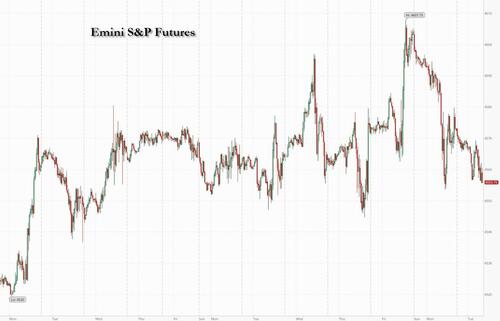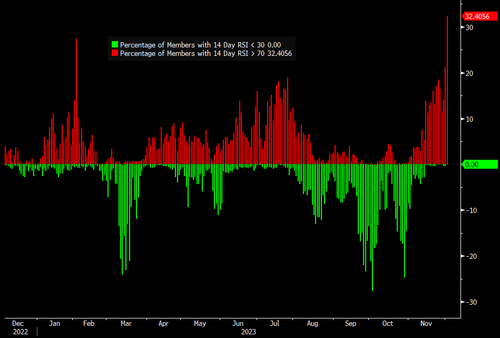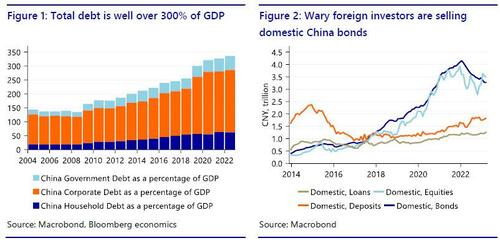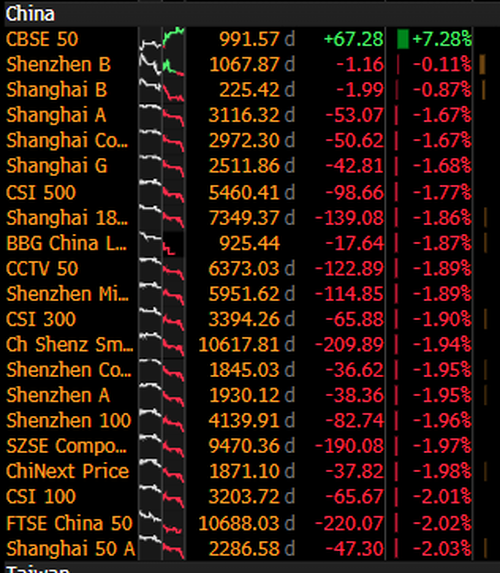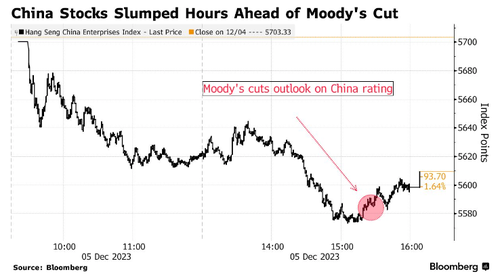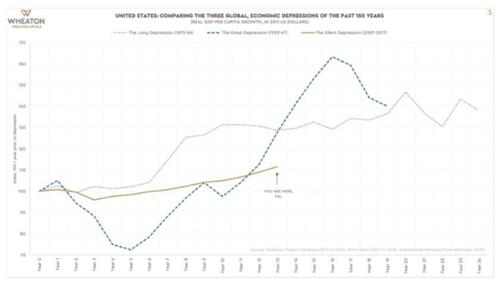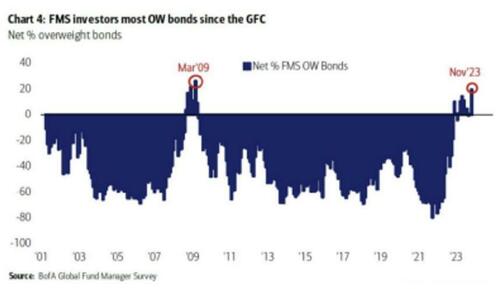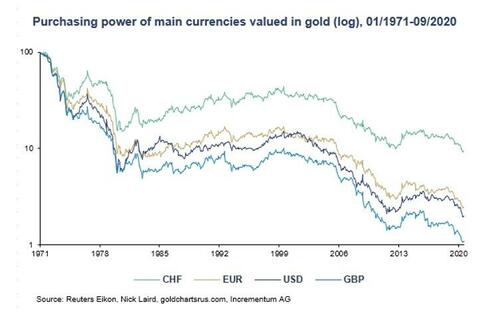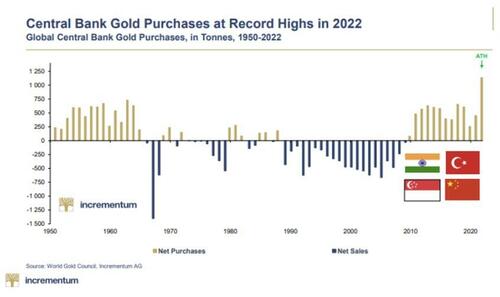From Chief Judge Michael Urbanski’s opinion posted yesterday in Peyton v. Kuhn (W.D. Va.):
[The Amended Complaint alleges the following:] Peyton was recruited to play baseball for Radford University (“Radford”) by Radford’s former baseball coach, Joe Raccuia, who was replaced by Kuhn prior to Peyton’s matriculation. Peyton found many of Kuhn’s actions objectionable, such as: grouping the lockers of minority players, such as Peyton, together; informing all players that they were required to stand during the national anthem in order to remain in good standing; directing only the players of color to get haircuts prior to team pictures; prohibiting players from attending a racial justice rally on campus; referring to an Asian American player on the team as “Kim Chi,” rather than by his name; and assisting white players in finding summer league placements, but not assisting Peyton. Kuhn did not play Peyton in any baseball games during the 2020–2021 season.
Peyton was directed to inform Kuhn of his ongoing mental health concerns and believed Kuhn responded inappropriately to his disclosure. Peyton then reported this and the previous incidents to Radford’s athletic department. Kuhn subsequently asked Peyton whether Peyton had lodged a complaint against him. When Peyton’s parents became involved, Kuhn urged them to disenroll Peyton from Radford and stated, in front of others, that “these parents want me fired.” Several days later, Kuhn took the players out of earshot of other athletic staff members to “curse them out.”
Despite assurance from Radford’s athletic director that Peyton would not face retaliation for raising concerns about Kuhn, Peyton was taken off the active lineup, prohibited from participating in live batting practice, and prevented from traveling with the team.
During this period, Peyton had discussions with Kuhn and an assistant Athletic Director about preserving a year of playing eligibility by “red-shirting” since Peyton had not yet played in a game.
On April 21, 2021, Peyton and a dozen other baseball players met with an assistant Athletic Director at Radford to discuss Kuhn under the belief that the meeting was confidential. However, Peyton believes the substance of the meeting was shared with Kuhn shortly thereafter. On the very day Radford’s athletic director, Robert Lineburg, informed Peyton and his peers that the university would neither investigate nor take action against Kuhn, Kuhn met with players on the mound during a game and said: “You thought you were going to get me fired, but I’m not going anywhere.”
Kuhn then ordered Peyton into the game, causing Peyton to lose his opportunity to red-shirt. Within days, Kuhn cut Peyton and another African American member of the team, causing Peyton to lose his scholarship and forcing Peyton to withdraw from Radford if he hoped to continue playing baseball. Peyton transferred to another college, but did not secure the same scholarship amount, increasing his net cost of university attendance by approximately $100,000.
The court denied Kuhn’s motion to dismiss, concluding that Peyton had adequately alleged that Kuhn’s actions were retaliation for Peyton’s First-Amendment-protected complaints:
“As a general matter, the First Amendment prohibits government officials from subjecting an individual to retaliatory actions for engaging in protected speech.” To state a First Amendment retaliation claim against Kuhn, Peyton’s complaint must allege facts supporting a reasonable inference that: (1) Peyton “engaged in protected First Amendment activity”; (2) Kuhn “took some action that adversely affected [Peyton’s] First Amendment rights”; and (3) “there was a causal relationship between [Peyton’s] protected activity and [Kuhn’s] conduct.” Kuhn contends that Peyton has failed to meet the second and third prongs of this test….
Peyton has alleged facts sufficient to support a reasonable inference that Kuhn’s actions adversely affected Peyton’s first amendment rights. To make this determination,
[W]e ask, from an objective standpoint, whether the challenged conduct would “likely deter a person of ordinary firmness from the exercise of First Amendment rights.” And we require that the challenged conduct generate more than a de minimis inconvenience….
Kuhn argues that Peyton’s claim that Kuhn played him in the last baseball game of the season—thereby causing Peyton to lose his ability to red-shirt and a year of eligibility—is not a sufficient adverse action. Even if this is true, Peyton also alleges that Kuhn cut him from the team and caused him to lose his scholarship. In Hening v. Adair (W.D. Va. 2022), a member of the Virginia Tech soccer team refused to kneel during the reading of a unity statement before a game. The court found that subsequent actions by the coach, including “publicly chastising her, removing her from the starting lineup, and reducing her playing time[,]” “would tend to chill a person of ordinary firmness’s exercise of her First Amendment rights.” The court noted that this “type of retaliatory conduct … would certainly have an effect on college athletes generally, especially those who rely on scholarships to offset (or cover) their academic expenses.”
Eliminating Peyton’s ability to play for Radford by cutting him from the team is a more severe adverse action than the deeds in Hening. Viewing the facts in the light most favorable to Peyton—as the court is required to do at this stage—Peyton has alleged facts sufficient to meet the adverse action prong….
[As to causation,] the facts alleged permit the reasonable inference that Kuhn was aware of that meeting, [and] the Amended Complaint also alleges a series of complaints by Peyton followed by negative effects. Each time Peyton lodged a complaint with Radford, he was questioned by Kuhn or singled out for apparently punitive action. In early 2021, Peyton expressed his concerns to a member of the Radford athletics department. Within days, “Kuhn called Peyton into his office to begin grilling him about whether he had made a complaint to the university.”
On March 22, 2021, Peyton and his parents met with staff in the athletic department to discuss their concerns about Kuhn. Four days later, Kuhn refused to permit Peyton to travel with the team—the only non-injured team member subject to such a prohibition. During a game on April 23, 2021—two days after the meeting with Radford staff and a NCAA Compliance Officer—Kuhn “came to the mound to meet with the players on the field and said, ‘You thought you were going to get me fired, but I’m not going anywhere,’ and retreated to the dugout,” shortly before ordering Peyton into the game and a few days before cutting him from the team.
Taken together, the cadence and temporal proximity of these events suggests—at least for the motion to dismiss stage—that Peyton’s multiple complaints about Kuhn caused Kuhn to cut him from the team….
This means that the case can go forward, with Peyton seeking more information through discovery; if Peyton finds enough evidence to support his retaliation theory, then it will be up to a jury (or, if both sides prefer, the judge) to decide what Kuhn’s true motive was.
See also this July post discussing the court’s refusal to let Peyton proceed pseudonymously. Benjamin Flanagan Sharpe (Daniel Medley & Kirby PC) and Robert Edwin Dean, II (Rob Dean Law) represent plaintiff.
The post College Student's Claim Alleging Baseball Coach Violated First Amendment Can Go Forward appeared first on Reason.com.
from Latest https://ift.tt/0uXIY6r
via IFTTT
